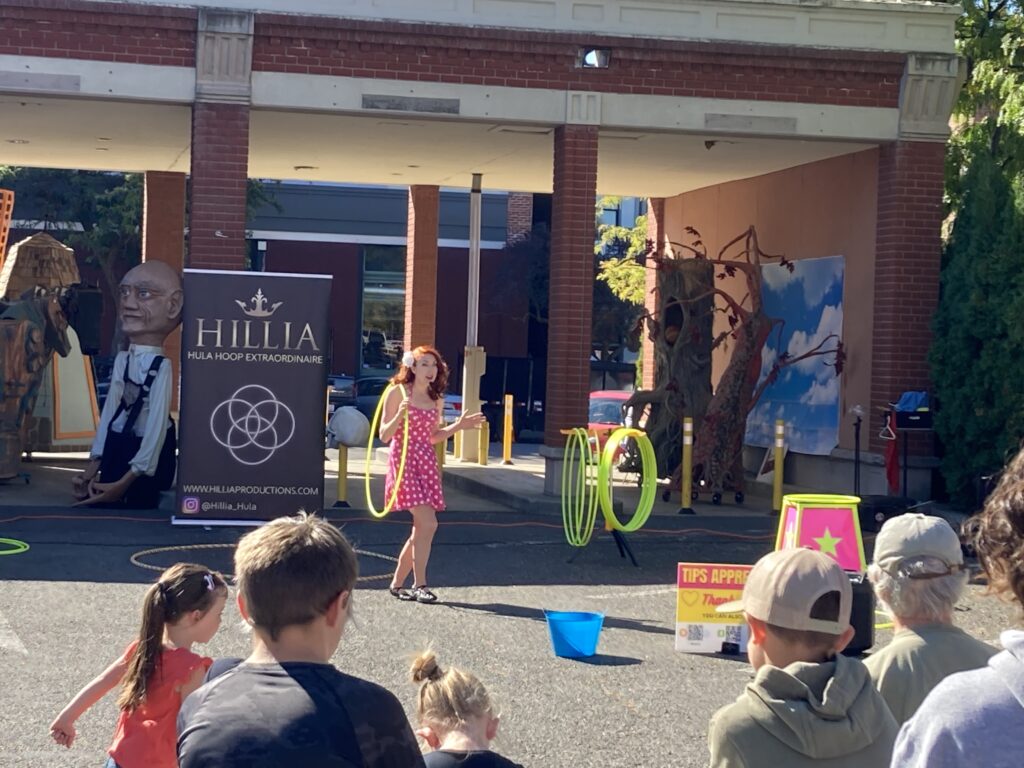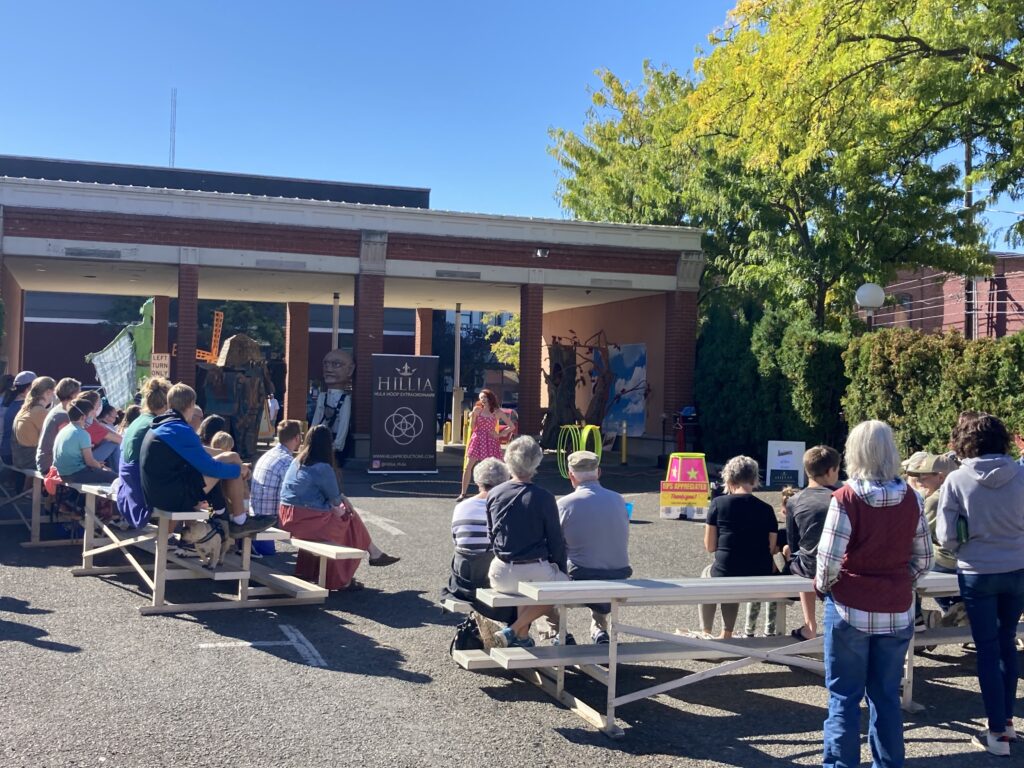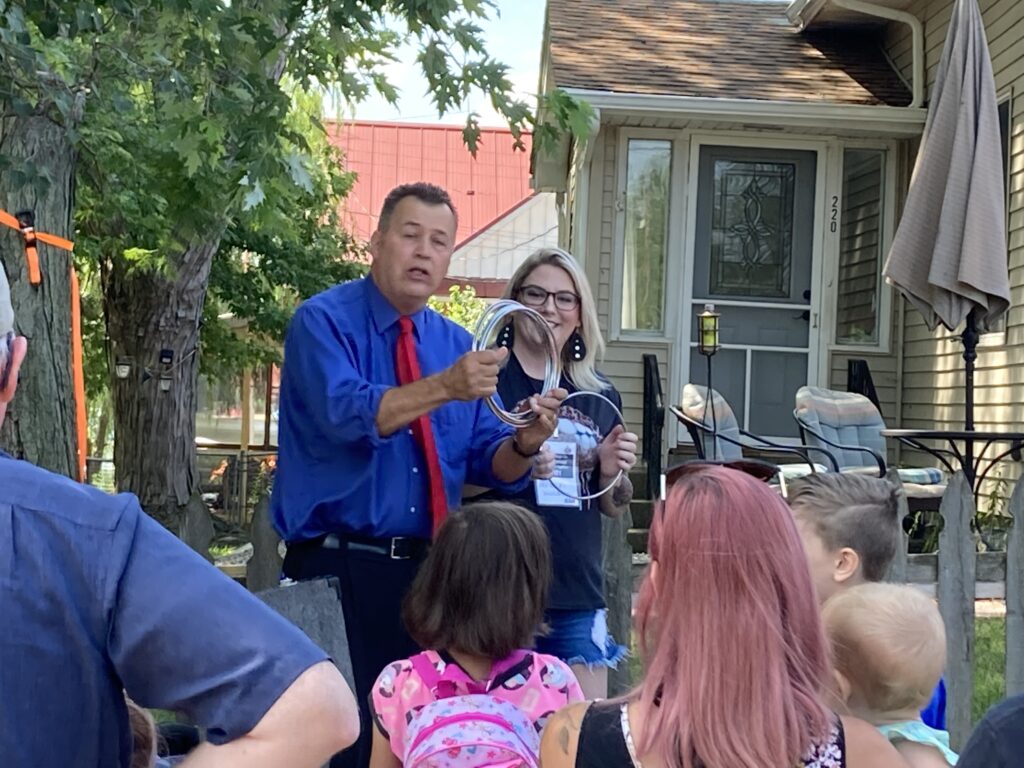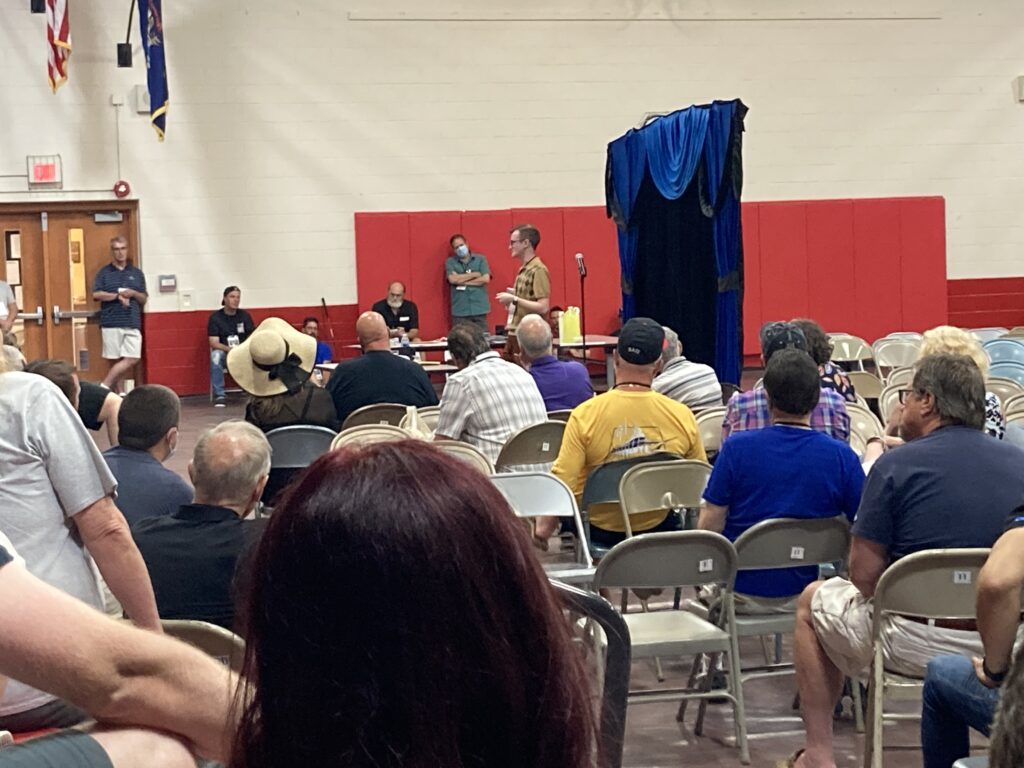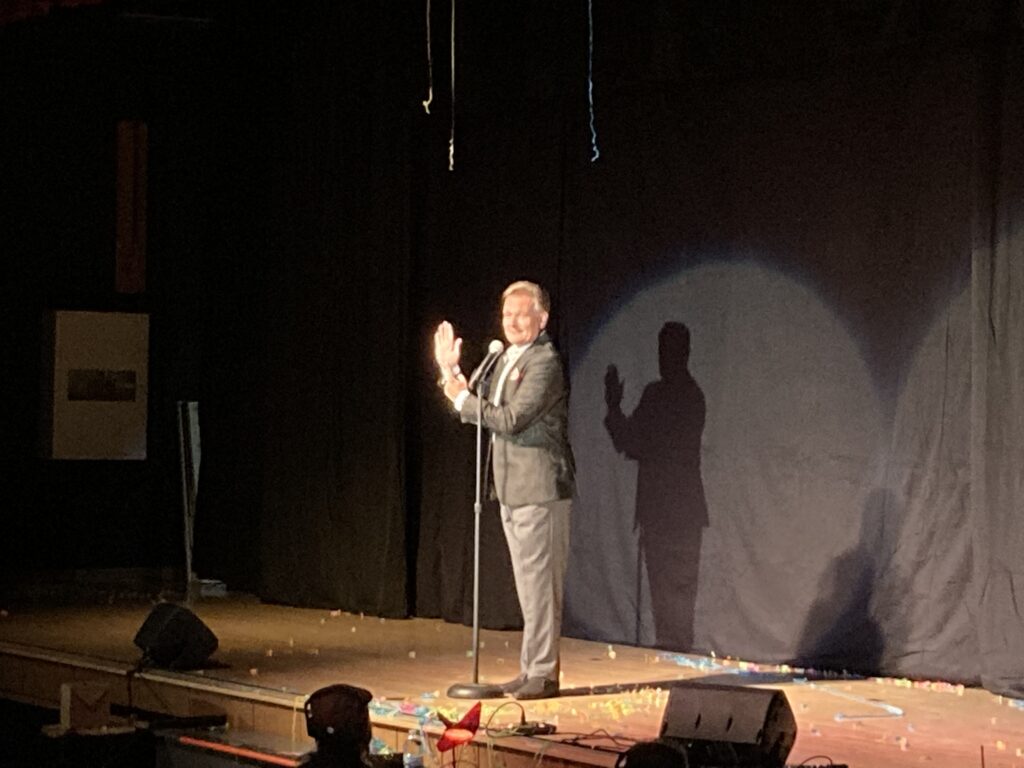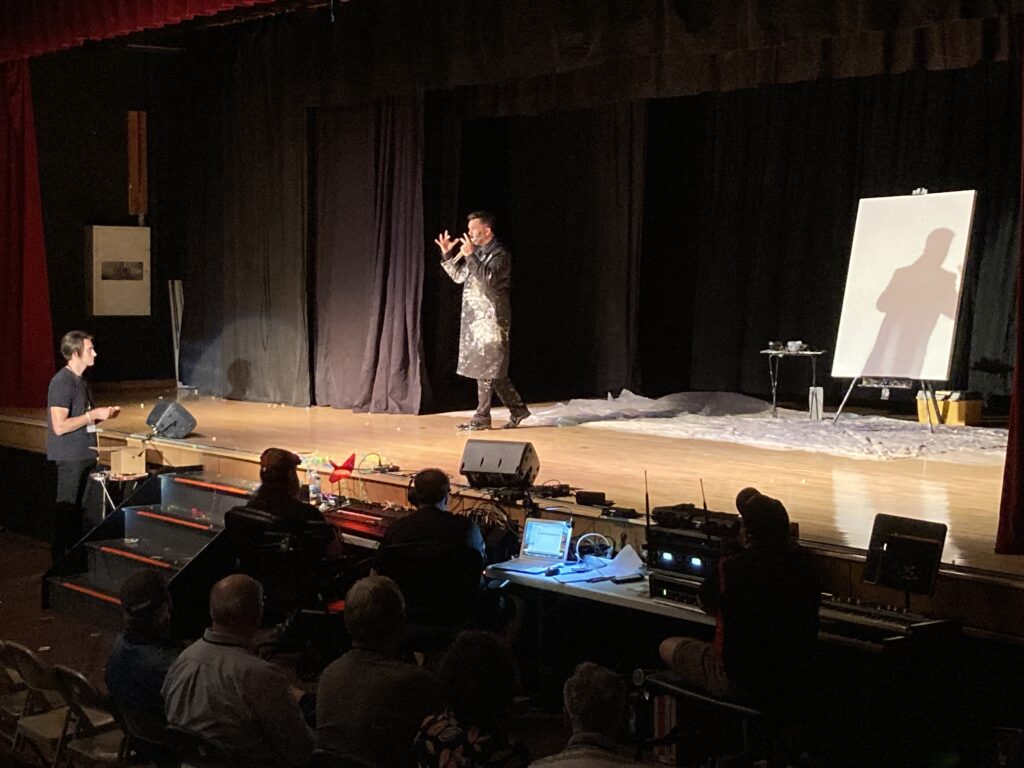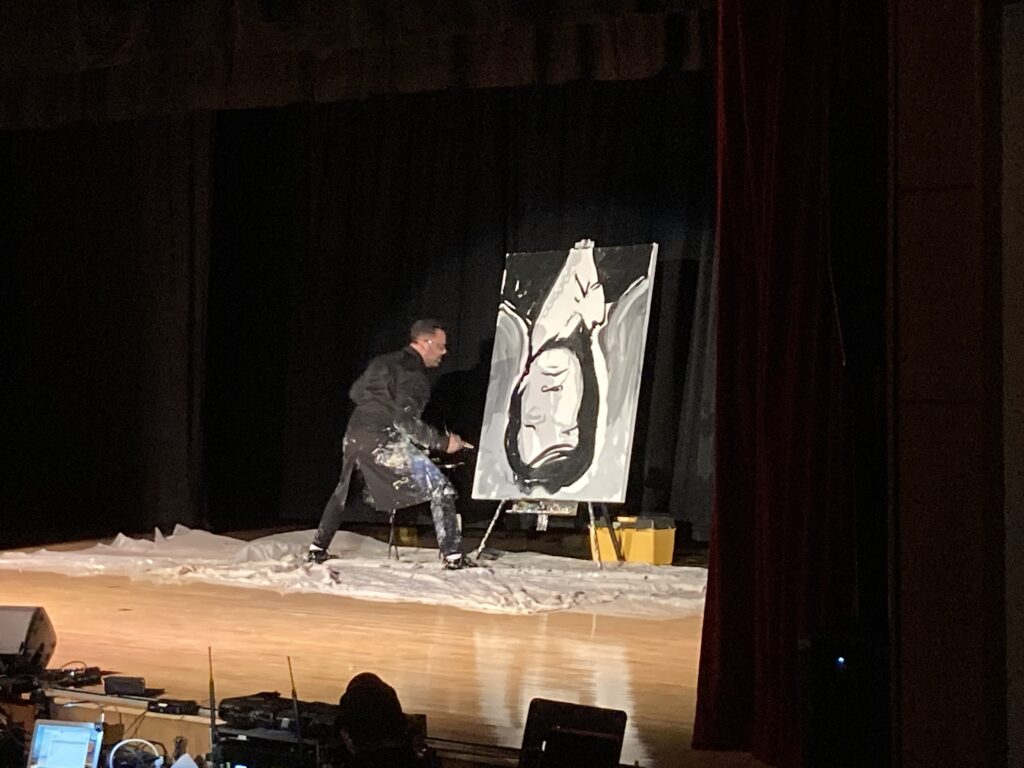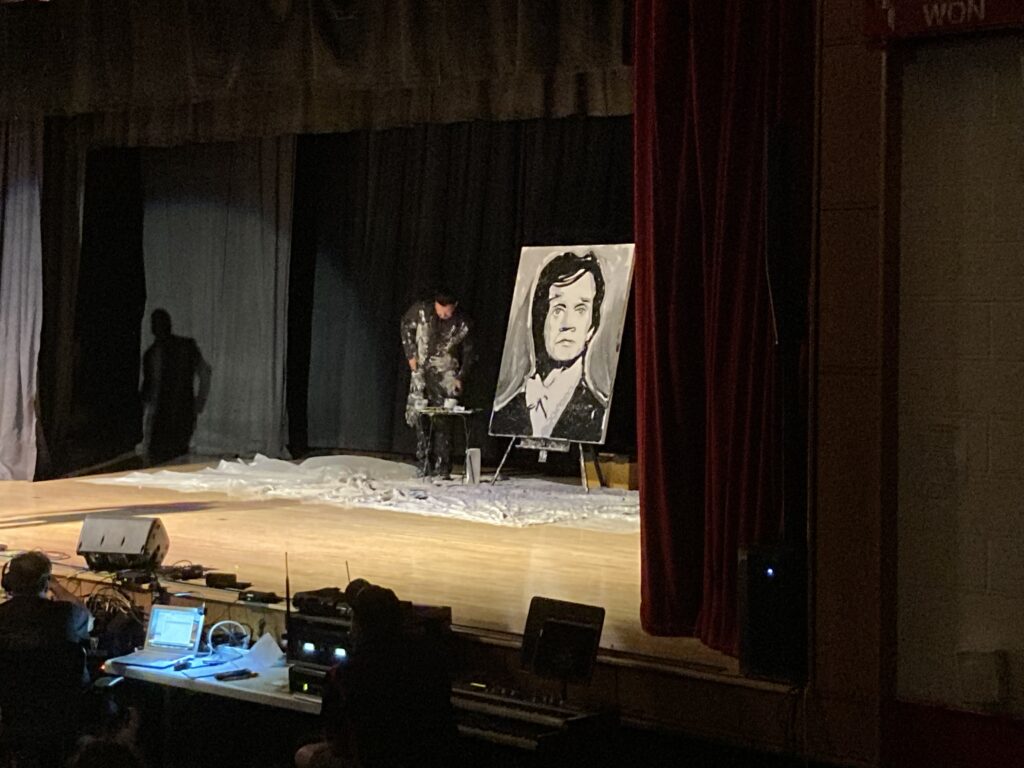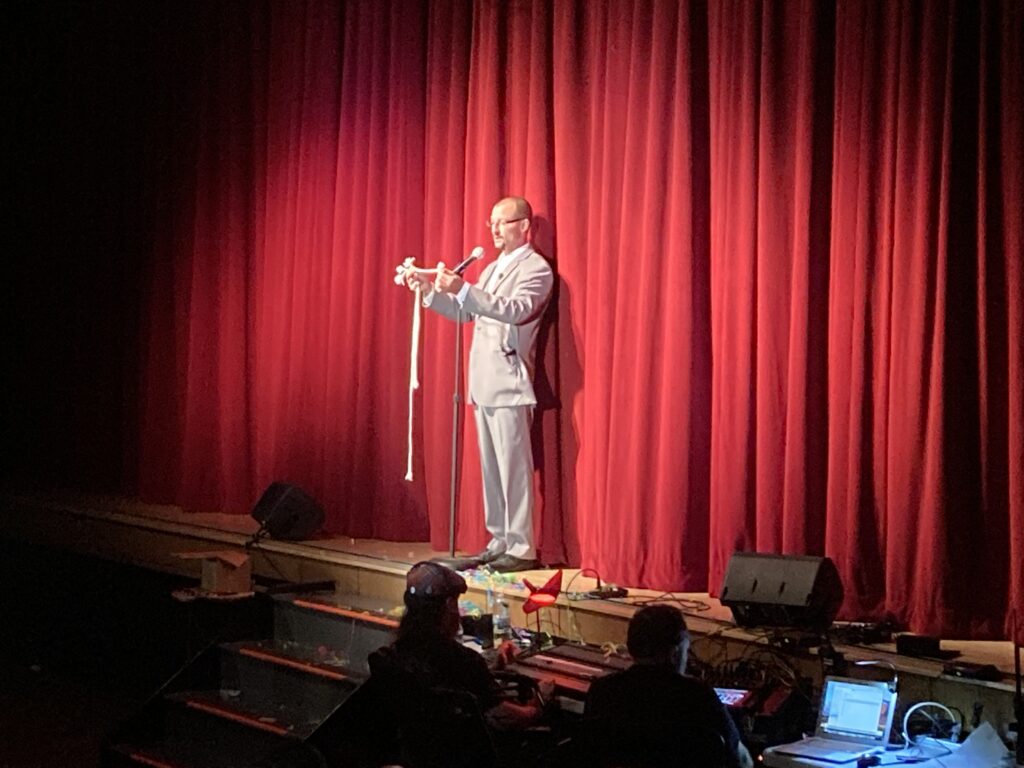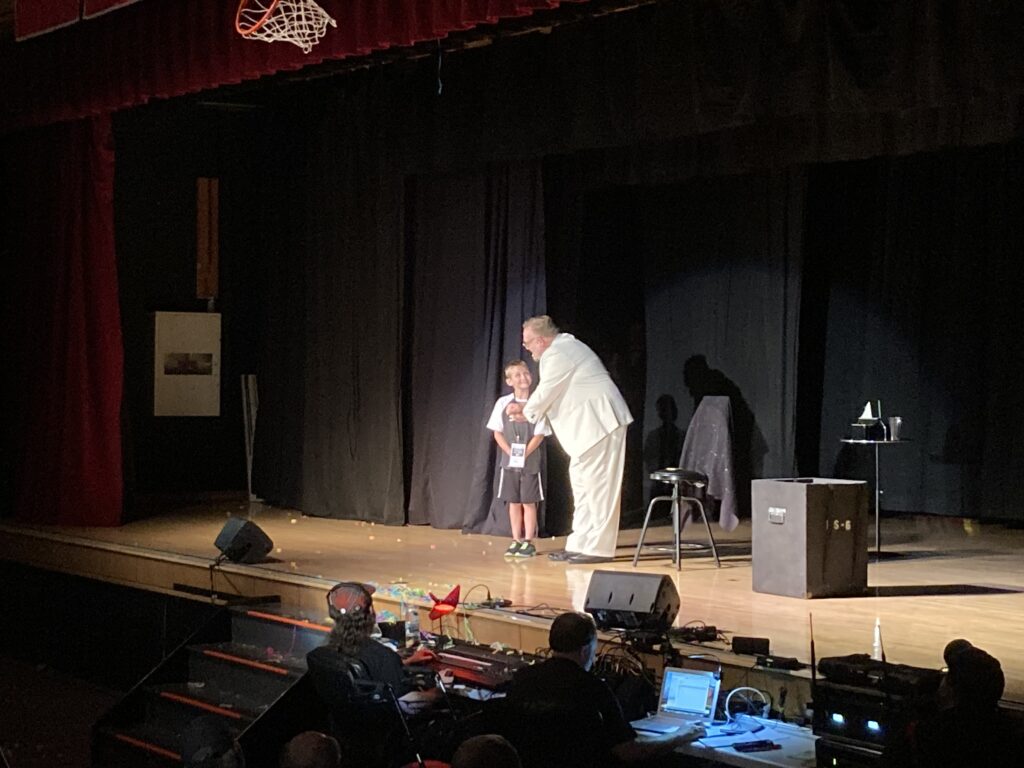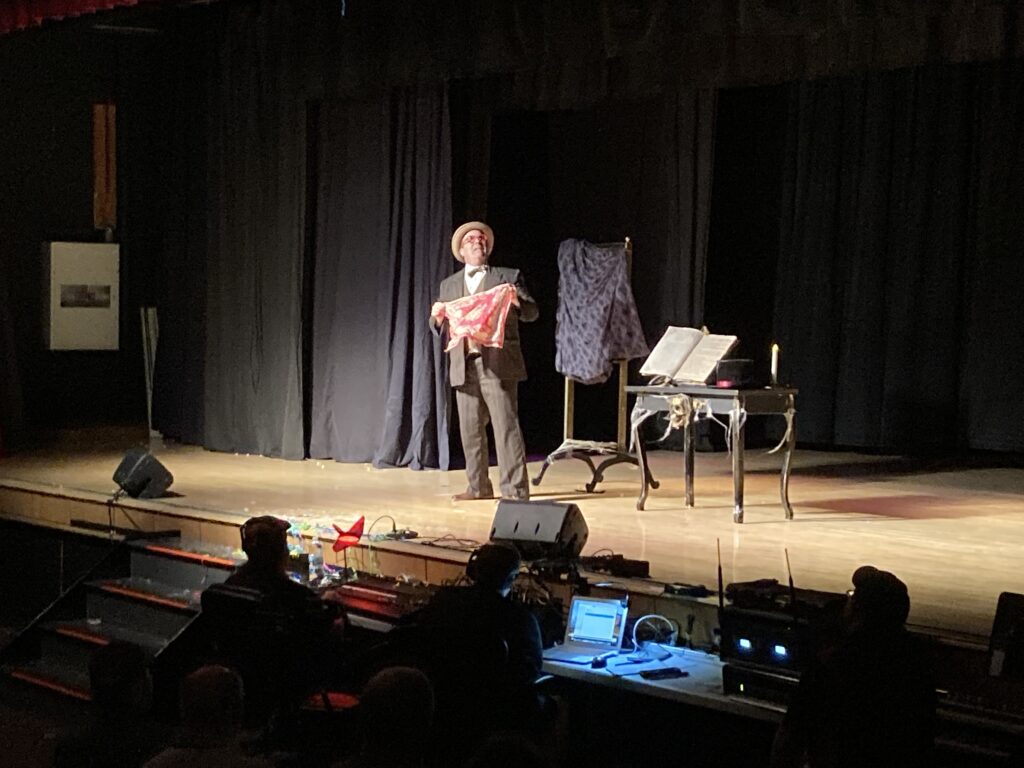A few years ago the Washington Post did an “experiment” where they had a concert violinist play a Stradivarius for people in the subway (You can read the article here). This recently popped up again on my Facebook feed and and I have some thoughts on it. Here’s the video: You can be the best … Continue reading “Subway Stradivarious or Bucket Drummer”
A few years ago the Washington Post did an “experiment” where they had a concert violinist play a Stradivarius for people in the subway (You can read the article here). This recently popped up again on my Facebook feed and and I have some thoughts on it.
Here’s the video:
You can be the best musician, play the best instrument, but that doesn’t mean you are the right person for the job. Street performing is a skill, just like playing in a theater is a skill, and those skills don’t necessarily translate. I bet the guys paying drums on a $2 bucket were making a lot more than him.
So why didn’t the violinist build a crowd?
Years ago I was told by Tom Frank that before picking a spot to busk, you look the people’s feet. Are the fast or slow? The violinist picked a commuter spot. Not a good choice and any experienced busker probably wouldn’t line up for that pitch.
Look at the location, you really can’t build a crowd without completely blocking the foot traffic. It’s essentially between two doors. If someone wanted to stop and watch, it wouldn’t be comfortable. They’d have people walking in front of them, or into them.
They also picked doing it at “rush hour”…guess why they call it rush hour? People are in a rush! You’ll do better before or after rush hour when people have more time.
Based on a Q & A I read from the author of the article, that place normally doesn’t allow street performers, so they had to get special permission for it. So the place didn’t have a street performing culture, which is another big factor.
Look at the successful street performers, where do they go? Do they go where business commuters go, or do they go where tourists go? Spoiler alert, they go where tourists or people not on business are. Those people have more time. I’m very curious how well the violinist would have done if you put him in a place with a street performing culture?
Even if you gave him a good time at a good spot, he wouldn’t have done as well as the guy playing the bucket on his first time out. He’s playing “ambient music” versus “interactive music”. Ambient music people walk by, stop for a bit, toss a buck in the violin case and go about their day. Interactive music would be he says hi people, has little “bits”, sees a guy wearing a band shirt, calls attention to it and plays the hook from one of that bands songs. It’s a different style of performing, you can’t do you “theater act” as is on the street and expect the same results.
I guess the takeaway from this is that if you are moving venues as a performer, you should expect a learning curve!
Louie
